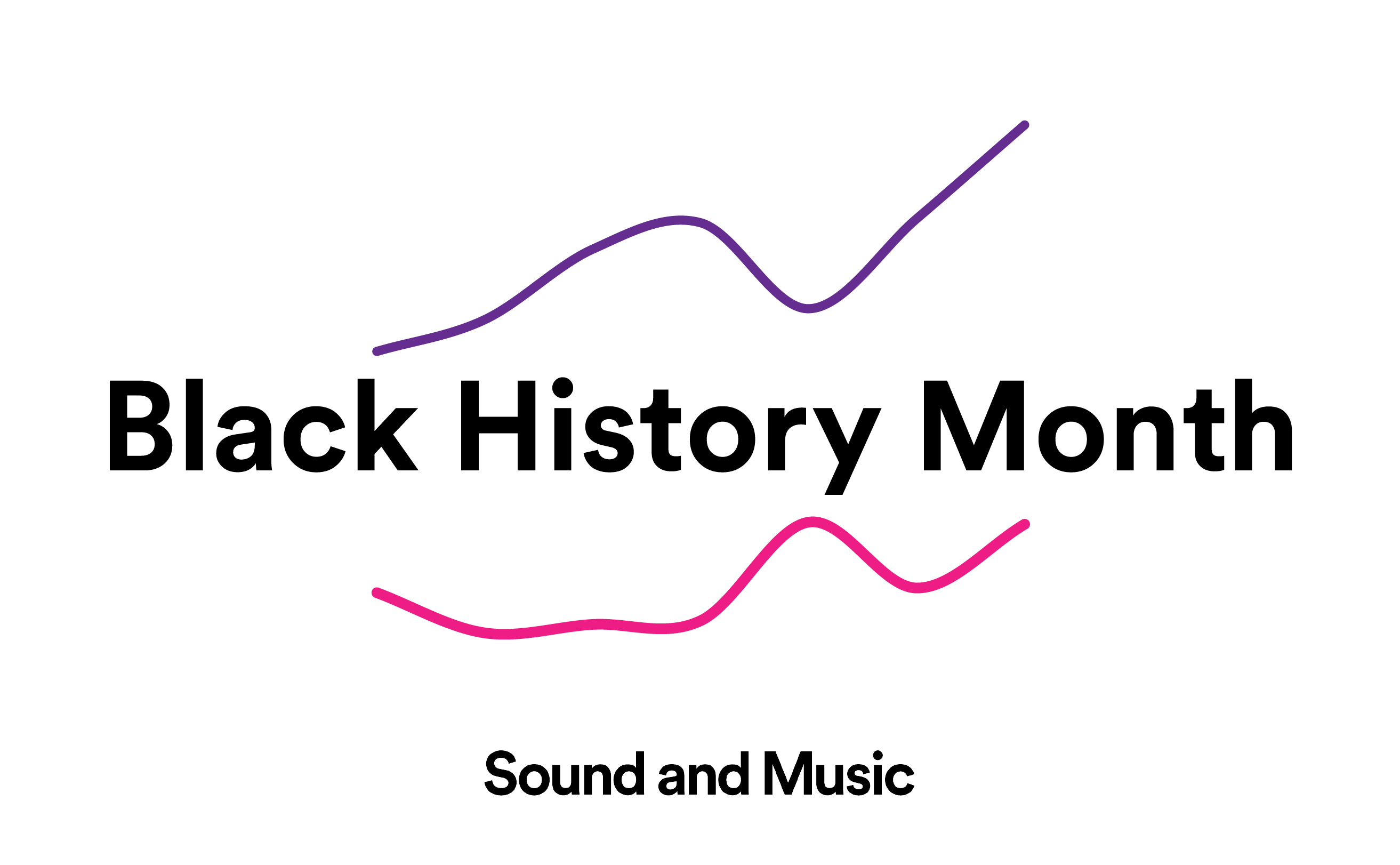This is the third consecutive year that Sound and Music has released data regarding applicants to our programmes from backgrounds who have experienced racism. It is still surprisingly rare for organisations to be open about such data. Which is a shame, since an honest acknowledgement about where we are as organisations, and where we are making progress (or not), feels like a necessary first step to the reckoning with past, present and future that needs to happen — more than ever following the 2020 Black Lives Matter protests in response to the murders of George Floyd, Breonna Taylor and Ahmaud Arbery.
It’s not possible (nor would it be appropriate) for me to try to cover the ramifications of Black Lives Matter, and the many supportive statements made by so many arts organisations and what these mean now, within a relatively short blog. But with the release of our data comes the opportunity to reflect on our progress, what we have learnt, and where we need to go further. I also want to say: we HAVE learnt (and continue to learn) a lot, and while I am hugely conscious that every organisation is different, it turns out that progress is possible (maybe more possible than many people still think), and brings with it a wealth of creative possibilities.
Our data this year tells a positive story of progress — look at our graphic with its encouraging hockey stick shape as we head through 2020 — and of course I’m hugely proud of that. But I’d be failing as a (privileged, white, middle-class, university-educated, female) Chief Executive if I didn’t seek both to understand what lies behind that change, and challenge myself, and us as an organisation, to go deeper and further.
I think our apparently successful trajectory comes down to two main things. Firstly, embedding the thinking from our Fair Access Principles into our approach means that we are actively seeking to recognise and address the many real and perceived barriers that so many composers and music creators face. This translates into practical steps, like the changes we’ve made to our application process to make it more accessible and open, and to more thoughtful (and ongoing) consideration of what we need to change both in how we work, and how we talk about our work.
Secondly, our commitment to change and improve is embedded in the organisation — not just this year, not just for Black History Month (although the latter is an important springboard for activity across many areas of our work), and not just one programme or scheme. We talk about this at Board meetings, it’s embedded in our strategy, and it’s a central act of leadership for me to create an environment where these conversations, and decisions, can happen, and where we are learning together about what we can do.
So far this has been a you-know-what-free post, but I can’t ignore the fact that I’m writing this in the middle of a global pandemic, and in a political landscape that at both a national and international level is alarming to say the least. We can feel trapped between a past that can’t be changed, and a future which feels wildly unpredictable and out of our control. It’s easy to feel powerless when confronted by the enormity of it all, and it is also easy to long for the ‘old normal’ — the safe, familiar, accepted ways of doing things.
But we need to remind ourselves that the ‘old normal’ excluded too many people. And also that we do have choices. We can choose to highlight and celebrate more and different voices, practices, and experiences, and find joy in our musical curiosity as we do so. We can choose to empower more people to experience the powerful emotional connections that music uniquely offers. And all of us in positions of leadership have a part to play in choosing the future of music at this extraordinary and pivotal moment in history.
